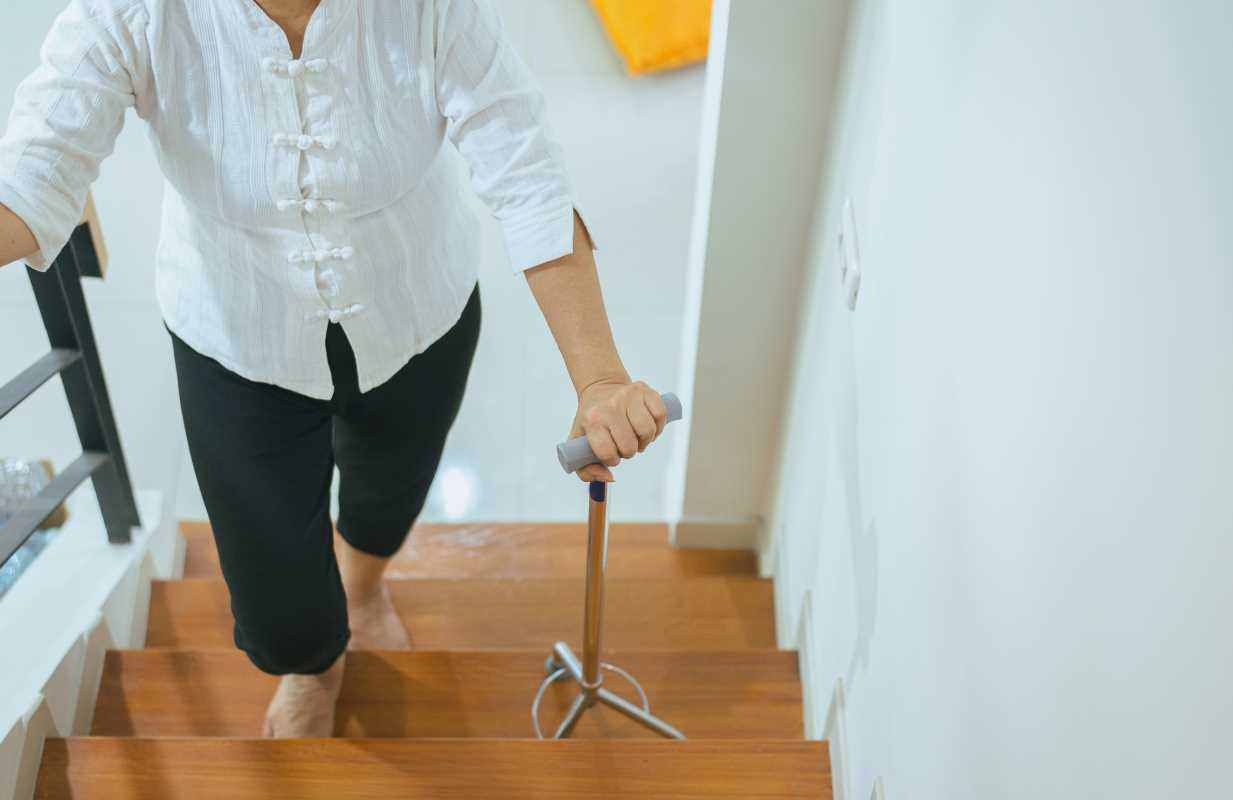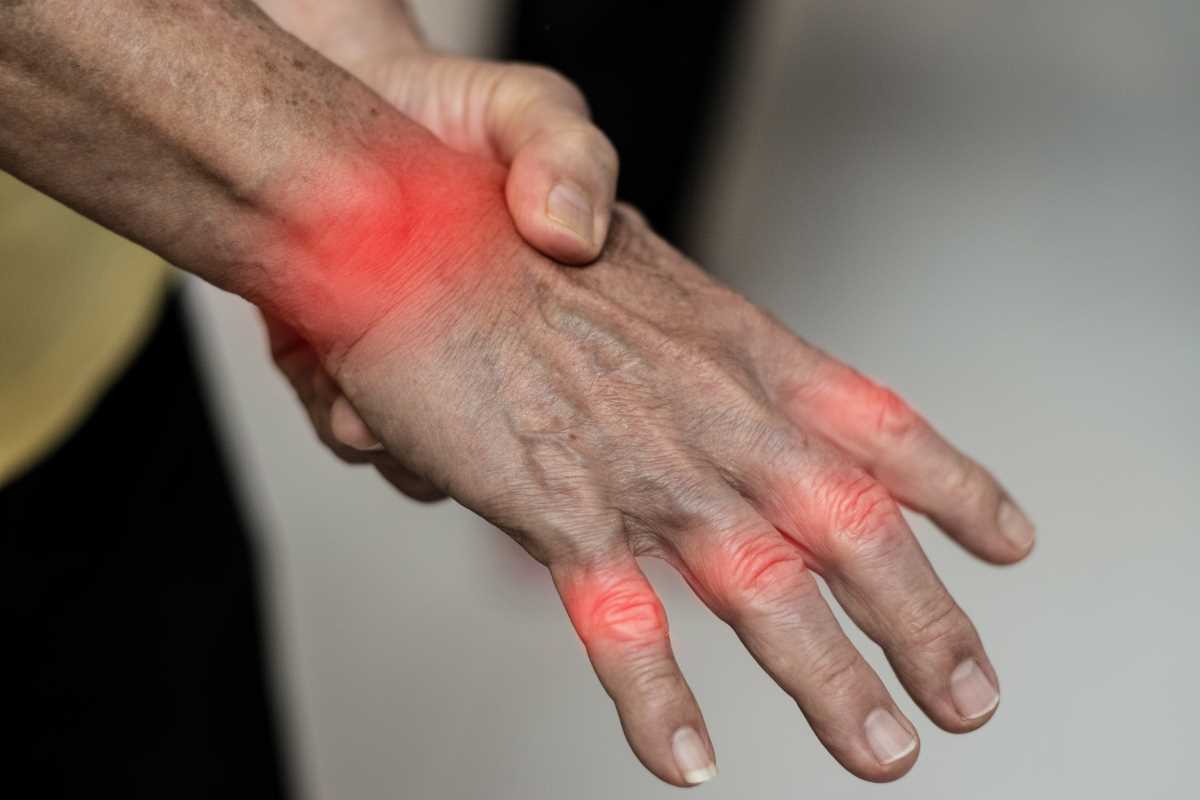Daily life can feel overwhelming when musculoskeletal conditions restrict your movement. Everyday tasks like dressing, preparing meals, or keeping your home organized may demand extra time and effort, often turning once-simple routines into significant obstacles. Finding ways to make these activities less taxing becomes essential to maintaining comfort and self-sufficiency. You can discover practical solutions that make daily living more manageable and help you preserve a sense of control and independence. This guide shares straightforward tips and helpful ideas designed to ease common difficulties, allowing you to approach each day with greater confidence and less stress.
Sometimes the journey feels overwhelming, but small changes make a powerful difference. Trying new ways to handle day-to-day tasks not only lightens the load but also creates room for comfort and better self-care.
Understanding Musculoskeletal Conditions and Their Impact
Musculoskeletal conditions affect muscles, bones, and joints, which limit movement and cause discomfort. Knowing which conditions might be behind your mobility limits helps you take better care of your body. Recognizing symptoms can also prompt you to contact healthcare professionals when needed.
Common problems include:
- Arthritis – causes joint pain and stiffness, reducing your range of motion.
- Osteoporosis – leads to fragile bones and increases your risk of fractures.
- Fibromyalgia – often results in widespread pain and fatigue affecting your daily routines.
- Chronic back pain – makes bending, lifting, and even sitting for long periods challenging.
>Understanding these conditions helps you decide which adjustments will be most helpful for your lifestyle.
Adapting Your Home Environment for Greater Accessibility
Modifying your home can make navigation and daily chores easier. A few smart adjustments may reduce physical strain and improve safety. Creating spaces that suit your needs ensures you can perform daily tasks with less stress.
Try these practical tips at home:
- Install grab bars in bathrooms near the shower and toilet to provide extra support.
- Improve lighting in hallways and stairwells to prevent trips and falls.
- Rearrange furniture to create clear, wide pathways that accommodate walking aids.
- Use adjustable countertops and sinks to reduce the need to bend or reach excessively.
These changes can make each room safer and more functional, giving you the confidence to manage everyday tasks.
Assistive Devices and Tools to Simplify Daily Tasks
Adding assistive devices into your routine can be life-changing. Items such as reachers, shower chairs, and ergonomic kitchen tools lower physical strain and help you stay more self-reliant. Experimenting with devices lets you find what best suits your specific needs.
For example, a reacher tool can help you pick up items on the floor without too much bending. A shower seat provides security while bathing and promotes independence. Devices like *LiftMaster* and *SmartHelper* often come recommended for their ease of use and steady performance. Getting familiar with these gadgets can turn challenging tasks into simpler, manageable ones.
Managing Personal Care and Hygiene
Personal care routines sometimes need adjustments to match your physical comfort. Tweaking these daily rituals can reduce strain and make the process smoother each day. Being gentle with yourself while exploring different techniques is an important part of the journey.
Keep these points in mind:
- Use long-handled sponges or brushes for bathing to avoid overreaching.
- Choose slip-on shoes or non-slip socks to protect against falls when dressing or moving around.
- Break routines into smaller steps, resting between tasks if necessary.
These helpful approaches can make managing your personal care needs easier and help you feel secure and independent.
Meal Preparation and Kitchen Solutions
Cooking and meal prep can adapt to your mobility needs. Set up your kitchen so that frequently used items are within reach and easy to access. A well-organized kitchen reduces the need to stretch across counters or move heavy objects. Creating a smart layout speeds up mealtime and minimizes discomfort.
Plan ahead and be cautious when working in the kitchen. For instance, find reliable cut-resistant, ergonomic knives to make chopping easier. A methodical approach here can make meal planning something to look forward to rather than dread.
Staying Active and Maintaining Independence
Keeping your body moving regularly helps keep your joints loose and muscles strong. Gentle exercises like stretches, light walking, or aquatic activities that put minimal stress on your body support overall health and help you keep up with daily tasks. Finding a routine you enjoy can make exercise feel quicker and less like a chore.
Mix up your exercise routine by including movements that focus on flexibility and balance. Try seated yoga or simple floor exercises that don’t require extensive mobility. A regular routine helps strengthen your muscles and may reduce discomfort caused by musculoskeletal conditions.
Small changes in your daily routine can lead to significant improvements, reducing effort and pain. With careful planning, modifications at home, and helpful tools, you can manage daily tasks more easily. Every thoughtful choice helps you stay active and more self-reliant.
Stay persistent and open to new approaches. As daily tasks become easier, celebrate your progress and continue seeking improvements that suit you.
 (Image via
(Image via





